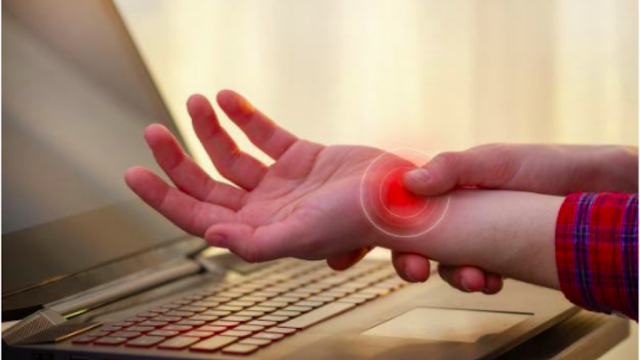Telemedicine in Orthopedics: How effective is it?
Telemedicine can fill in as a mechanism for patient assessment, checking, and understanding of demonstrative imaging and different tests. Benefits of telemedicine incorporate further developed admittance to mind, cost-adequacy, and proficiency. Difficulties remain with respect to more inescapable reception of telemedicine and include repayment just as administrative help. The Covid illness 2019 (COVID-19) pandemic has prompted a change in perspective in telemedicine that is digging in for the long haul. Patient fulfillment is a critical segment of telemedicine and will drive its development.
In the course of recent years, there has been a fast development of innovative advances that have worked with medical care conveyance at a distance1. Different types of telemedicine have empowered suppliers to assess patients, screen follow-up, and decipher indicative imaging and different tests. This has prompted further developed admittance to mind, cost-adequacy, and effectiveness. The Covid infection 2019 (COVID-19) pandemic and the reaction that it has incited have upset medical care frameworks all throughout the planet. Drives, for example, telemedicine have been empowered and utilized to restrict this disturbance and battle the spread of COVID-192.
Muscular medical procedure is a powerful diverse claim to fame that is high-volume and innovation subordinate. In this way, endeavors to further develop effectiveness and influence innovation through telemedicine could help patients and suppliers in the field of muscular medical procedure under any conditions. This audit article is expected to characterize and give a system to telemedicine characterization, sum up certain and negative discoveries in the writing relating to telemedicine and muscular medical procedure, and give a couple of down to earth steps that can be taken to start carrying out telemedicine in a training.
Telemedicine has been characterized as an understanding consideration that is given a good ways of utilizing data innovation, including cells, PCs, or other electronic devices1. The U.S. Habitats for Medicare and Medicaid Services (CMS) characterizes telemedicine, or telehealth and related terms, as the trading of clinical data from 1 site to another through electronic correspondence to work on a patient's wellbeing. This electronic correspondence should remember a sound and a video part for request to be considered a telehealth experience by CMS. All the more extensively, the World Health Organization (WHO) characterizes telemedicine as the conveyance of medical care administrations a good ways off, utilizing electronic means for the determination, the therapy, and the anticipation of infection and injury, just as for exploration and assessment and the training of medical care suppliers to work on the soundness of their patients.
Telemedicine might be arranged by the idea of the association and the kind of data that is being transmitted3. Simultaneous and offbeat telemedicine are the 2 significant groupings that portray telemedicine as it identifies with the circumstance of the supplier patient communication. Simultaneous telemedicine, regularly called continuous telemedicine, utilizes videoconferencing and different advances to work with supplier patient communication. Offbeat telemedicine, frequently called store-and-forward telemedicine, includes producing pictures or information and sending them electronically for later survey.
The CMS perceives 3 sorts of telemedicine administrations that can be given to patients: telehealth visits, virtual registration, and electronic (E)- visits. Telehealth visits are viewed as virtual experiences between the supplier and the patient for administrations that generally happen face to face at a facility or a clinic. The supplier should utilize an intelligent sound and video media communications framework that grants continuous correspondence between the far off site and the patient at home for the experience to be perceived and repaid as a telehealth visit5.
The CMS likewise repays virtual registration, or brief correspondences with innovation based administrations, which take into account patients to speak with their suppliers and stay away from superfluous excursions to their supplier's office or medical clinic. These virtual registration are expected for patients who have a set up relationship with a supplier and when the correspondence isn't identified with a clinical visit that has happened inside the past 7 days and doesn't prompt a clinical visit inside the following 24 hours.
In conclusion, set up patients might have non-eye to eye patient-started correspondences, or E-visits, with their suppliers by utilizing on the web patient entrances. This E-visit administration possibly can be accounted for when the charging practice has a set up relationship with the patient. The patient should create the underlying request, and correspondence can happen over a 7-day time span. This 7-day term might include various messages between the patient and the supplier and is charged by the measure of time that is needed to fulfill the patient's request.
Visit Orthocare for getting the best orthopedic treatments.


Comments
Post a Comment